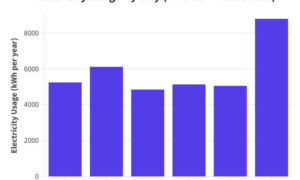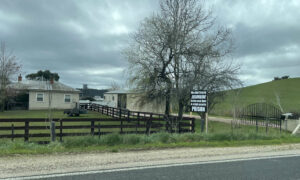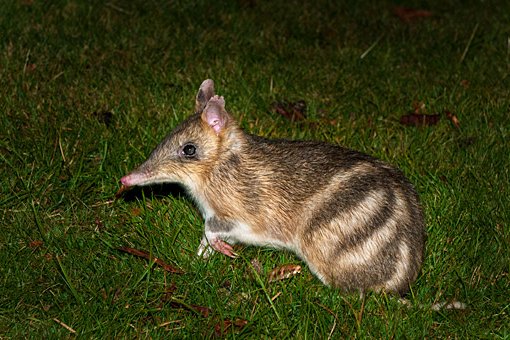
Residents of properties backing on to bushland are being enlisted in the fight to protect Hobart’s eastern barred bandicoots, through the City of Hobart’s Backyard Bandicoots program.
Residents are encouraged to become citizen scientists by reporting sightings in their backyards and neighbourhoods and help provide safe habitat for native wildlife.
The program comes on the back of recently released wildlife monitoring results that show numbers of the nationally endangered marsupial may be declining across Hobart.
“Eastern barred bandicoots were declared extinct in the wild on the mainland nearly 20 years ago,” the Council’s Fire and Biodiversity Program Leader Elise Jeffery said.
“Tasmania is the last hope for this important native species and we can all help to make sure our bushland is a place they can thrive.”
The City of Hobart, in partnership with University of Tasmania (UTas) and the Department of Primary Industries, Parks, Water and Environment, has carried out an extensive wildlife monitoring program of eastern barred bandicoots across Hobart’s bushland reserves and in backyards.
“The results of this monitoring program sadly indicate that the number of eastern barred bandicoots could be declining across a number of our reserves, including the Queens Domain and Knocklofty and Waterworks reserves,” Jeffery said. “On the positive side, there is a strong and healthy population at Ridgeway.”
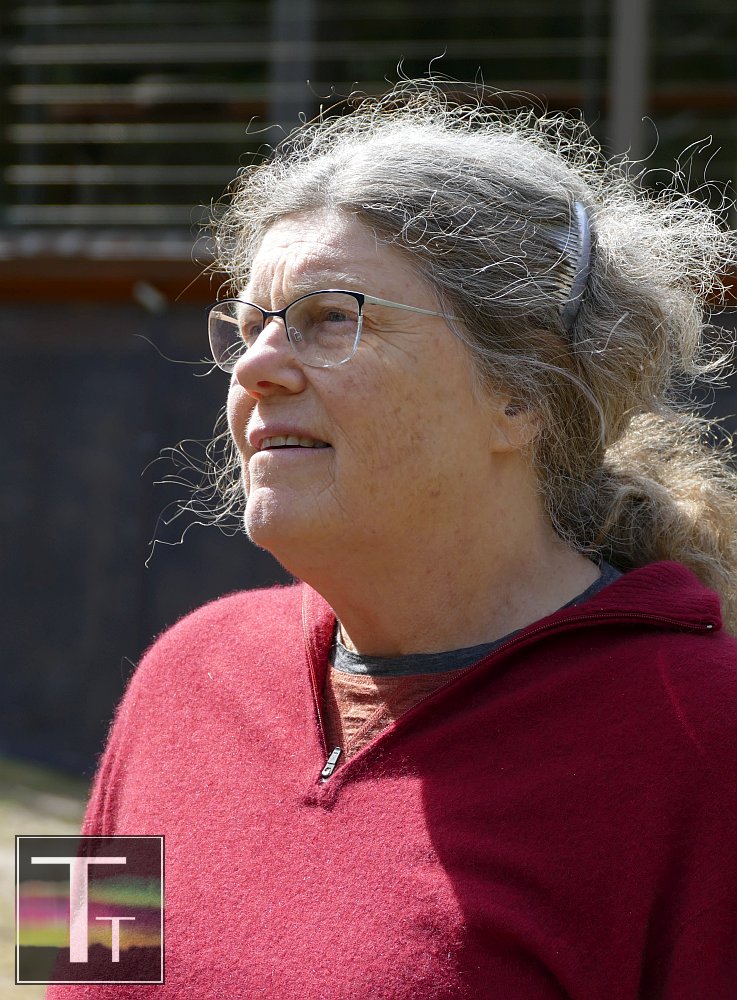
Prof. Menna Jones.
UTAS urban wildlife ecologist Professor Menna Jones said the marsupials were also finding shelter in residential gardens, where the deeper, moist soil makes for easier foraging of earthworms and tubers.
“Clearly, Hobart’s eastern barred bandicoots can and do live among us,” Professor Jones said. “But they are also at great risk from predation by roaming cats and dogs, speeding cars at night and feral cats.”
In response to these findings, the City of Hobart has launched its Backyard Bandicoots program, through which residents are invited to log their own sighting using the iNaturalist app.
“We’re also asking people to become Bandicoot Buddies and take the bandicoot pledge, which includes stopping pet cats and dogs from roaming at night, and encouraging bandicoots into their gardens by providing safe havens that are protected from cats and dogs,” Jeffery said.
She said that using the app was simple: you just take a photo of what you see, and the app then records date, time and location. Photos of bandicoots, bandicoot holes (see below) and droppings are considered evidence of the presence of bandicoots.
“The evidence is showing us that people who live on the fringes of our bushland reserves are going to play a critical role in the future survival of the city’s eastern barred bandicoots, explained Jeffery.” Wildlife reserves play a part, she noted, but some species liked the conditions in private backyards.
To sign up for the Backyard Bandicoots program, visit hobartcity.com.au/bandicoots.
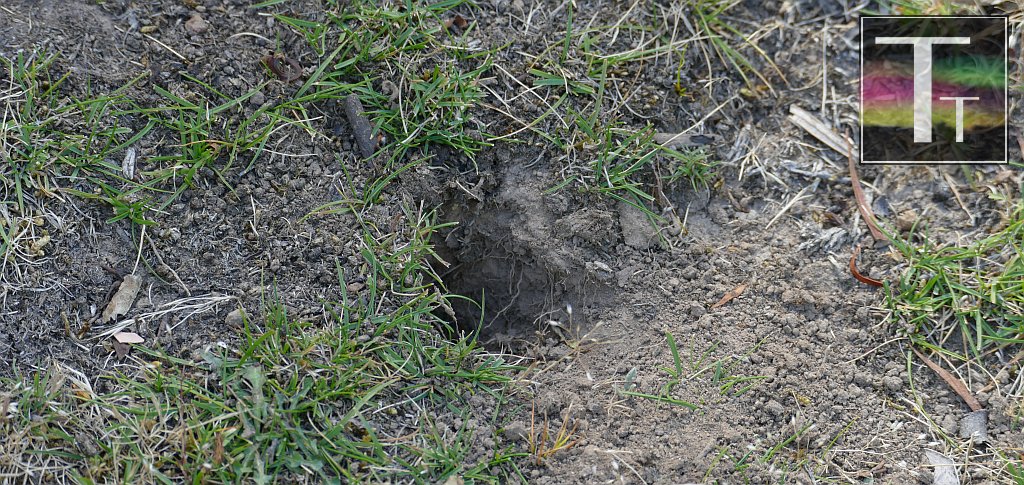
Got bandicoots? Look for the distinctive cone shaped holes they dig, usually big enough to fit 3-4 fingers in.

